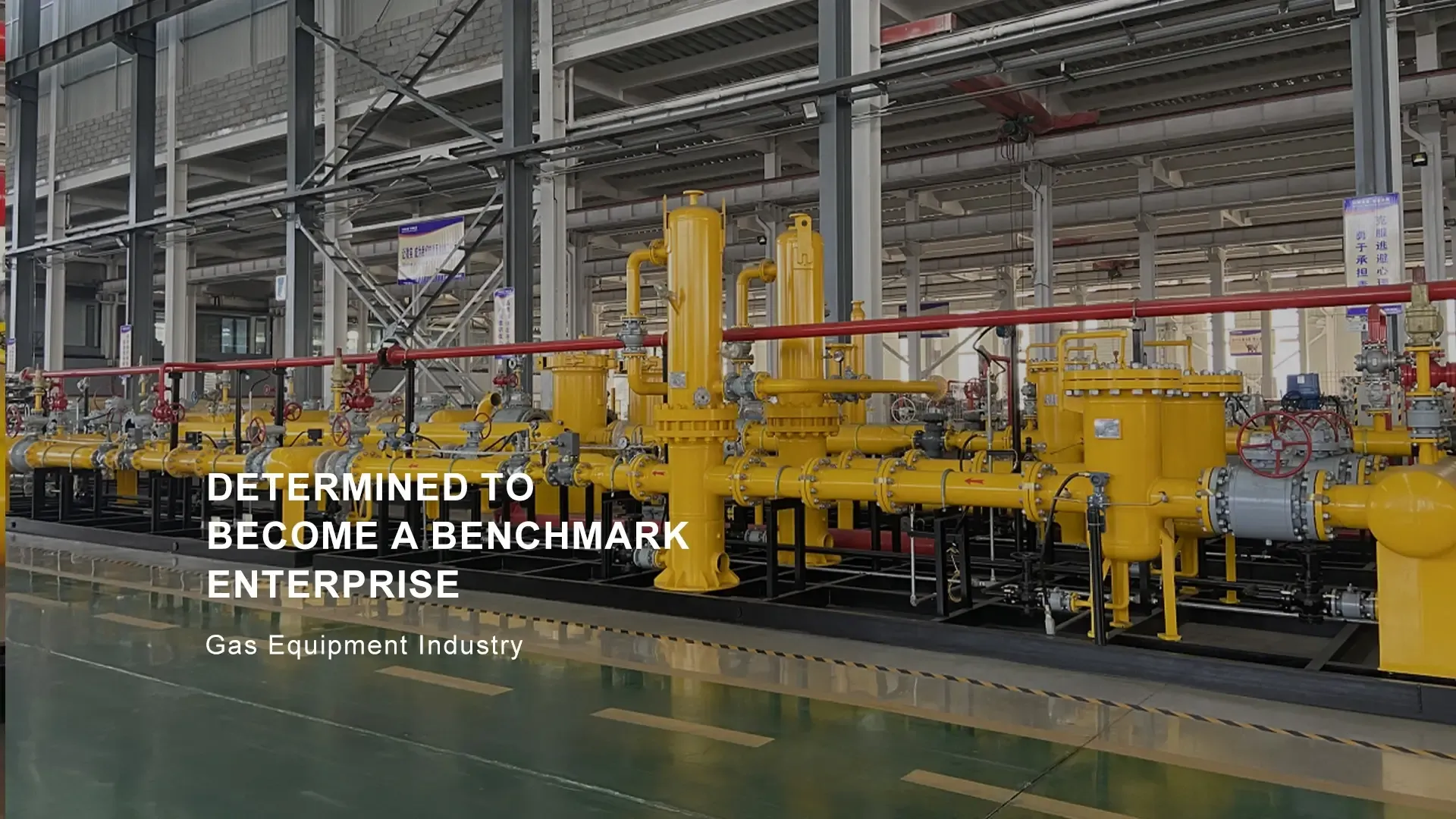
Nov . 19, 2024 03:28
Back to list
Innovative Solutions for Efficient Gasification Technology and Equipment Optimization
Understanding Gasification Equipment An Overview
Gasification is an advanced thermochemical process that converts organic or fossil-based materials into carbon monoxide, hydrogen, and carbon dioxide. This process occurs at elevated temperatures, typically in the presence of a controlled amount of oxygen or steam. The primary objective of gasification is to produce syngas (synthesis gas), which can be utilized for various applications including electricity generation, chemical production, and as an alternative fuel for engines. The success of any gasification project largely depends on the efficiency and design of the gasification equipment used.
Key Components of Gasification Equipment
Gasification equipment comprises several critical components, each playing a vital role in the conversion process
. These include1. Reactor The gasifier reactor is the heart of the gasification system where the actual conversion of feedstock occurs. Depending on the type of gasifier—fixed bed, fluidized bed, or entrained flow—the design and operating parameters can significantly vary. Each reactor type has its own advantages and disadvantages, influencing the choice based on operational needs and feedstock characteristics.
2. Feedstock Preparation Systems Before entering the gasifier, the feedstock (which can be biomass, coal, or municipal waste) must be suitably processed. This involves size reduction, drying, and sometimes pre-treatment to ensure optimal gasification conditions. Effective feedstock preparation is crucial for enhancing the efficiency of the gasification process.
3. Gas Cleanup and Conditioning Units The syngas produced from the gasification process often contains impurities such as tar, particulates, sulfur compounds, and ammonia. Therefore, gas cleanup systems are needed to purify the syngas before it can be used in downstream applications. Technologies like cooling, scrubbing, and filtration are typically employed to achieve the desired gas quality.
gasification equipment

4. Energy Recovery Systems The gasification process itself is exothermic, meaning it generates heat. Capturing and utilizing this thermal energy can significantly improve the overall efficiency of the installation. Energy recovery systems, such as heat exchangers, can harness waste heat for power generation or preheating feedstock, further enhancing process efficiency.
5. Control Systems Effective monitoring and control systems are essential for optimizing gasification processes. Advanced sensors and automation technologies help maintain the desired operating conditions, ensuring a stable and efficient conversion process.
Applications of Gasification Equipment
The versatility of gasification equipment allows it to be applied in various sectors. One significant application is in energy production. Gasifiers can convert biomass and waste into a clean, renewable syngas that can be used to generate electricity or be upgraded to biofuels.
In the chemical industry, syngas can be a valuable feedstock for producing essential chemicals like methanol and ammonia. Additionally, gasification technologies are being explored for carbon capture and storage initiatives, supporting efforts to mitigate climate change by reducing greenhouse gas emissions.
Conclusion
Gasification equipment plays an essential role in the sustainable management of resources. By transforming waste materials into valuable energy sources and chemicals, it not only contributes to energy security but also supports environmental goals. As technology advances and the demand for cleaner energy solutions grows, the development and optimization of gasification equipment are more important than ever. The future of gasification holds immense potential, paving the way for innovative approaches in waste-to-energy conversion and beyond.
Next:
Latest news
-
Safety Valve Spring-Loaded Design Overpressure ProtectionNewsJul.25,2025
-
Precision Voltage Regulator AC5 Accuracy Grade PerformanceNewsJul.25,2025
-
Natural Gas Pressure Regulating Skid Industrial Pipeline ApplicationsNewsJul.25,2025
-
Natural Gas Filter Stainless Steel Mesh Element DesignNewsJul.25,2025
-
Gas Pressure Regulator Valve Direct-Acting Spring-Loaded DesignNewsJul.25,2025
-
Decompression Equipment Multi-Stage Heat Exchange System DesignNewsJul.25,2025

